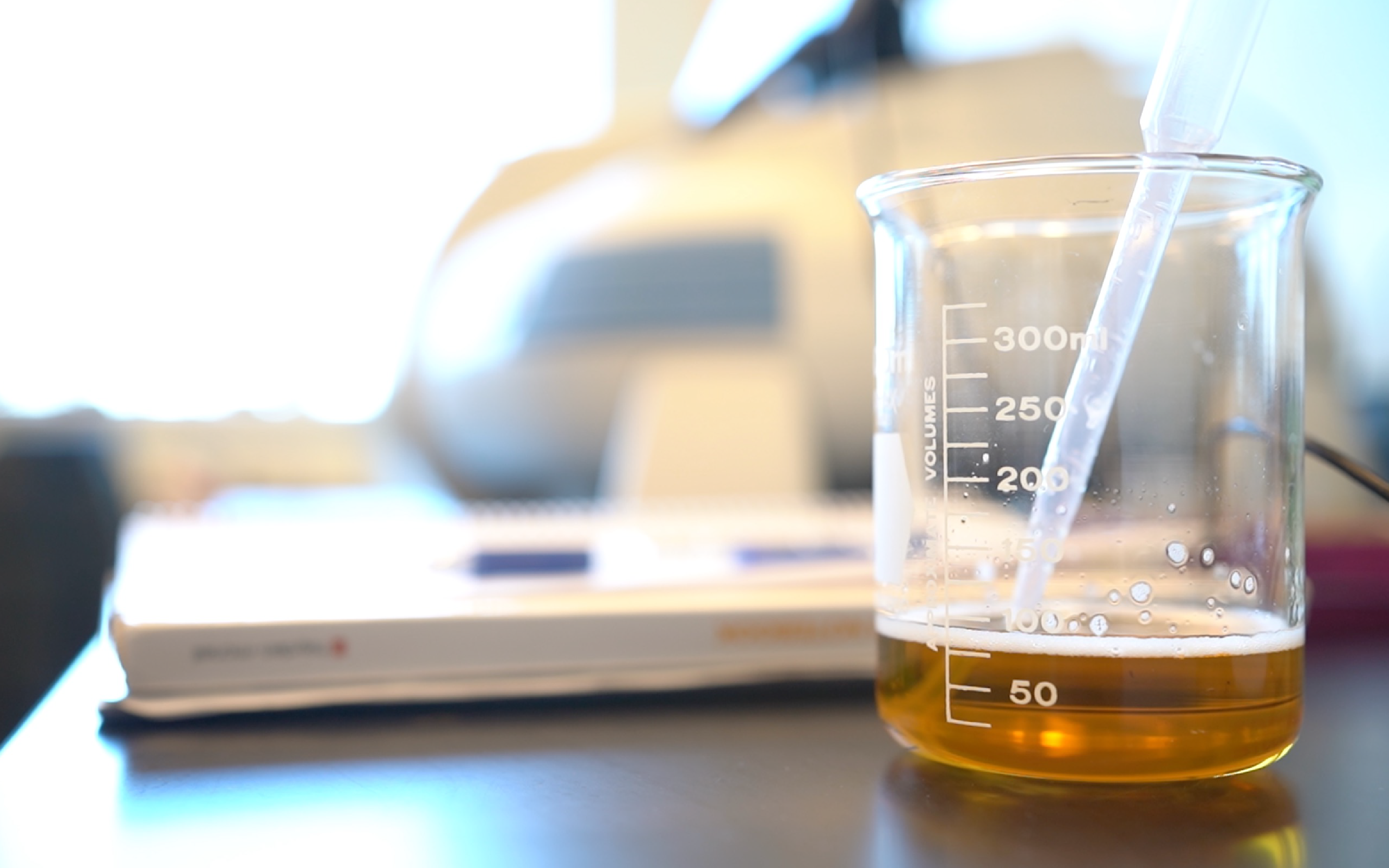QC 101: Wort Stability Testing
What is a wort stability test?
A simple QC test that is perfect for both professional and home brewers! It allows you to determine if your wort is contaminated with undesirable microbes by aseptically collecting a sample of wort in a container and checking for growth over several days. On a scale of 1 to 10 for easiness to perform, this test gets a 2. The trickiest part of this test is collecting your sterile sample.
What do the results tell you?
This quick and easy test can tell you if your sanitation procedures up until you pitch your yeast, are doing their job. It can also be an excellent way to ensure you have you and your team members are correctly taking aseptic samples.
What types of sample(s) can you test?
Wort (like the name suggests!), but you can take this method and use it to look for contamination in any liquid you think should be sterile.
How often should you test?
Every batch. Why not? It’s an easy test to run. It's worth the short amount of time it takes.
What data do you collect and record?
All you need to do is create a place on a brew log that allows you to record when the test was done and whether it was positive (there was growth) or negative (not growth). Hint: You will want a plan in place to follow if you do get a positive result!
Now to the Method...
What’s needed?
- Sterile containers (I highly recommend whirl-pak bags)
- Warm area or incubator
- 70% ethanol
- Propane torch
Procedure:
(The most basic way to put it, pull a sterile sample into a whirl pak bag and put in a warm place for 24 hours to see if anything grows...it’s that simple!)

- Wash and dry hands thoroughly.
- Sterilize all surfaces that will come in contact with wort, such as valves, with 70% ethanol and flame.
- Open whirl-pak bag by pulling off perforated top and then pulling white tabs to open the bag without touching the inside or mouth of the bag. Do not open whirl-pack until immediately before sampling.
- Allow cooled, aerated wort to flow directly into the bag, filling the bag ⅓ to ½ full. Push as much air as possible out of the bag and then seal the bag by pulling the yellow wire ends and then “whirl” the bag at least three times and fold yellow ends in to seal.
- Allow to grow in a warm area (~86ºF/30ºC) for ~3 days.
- Record results. A negative test (no viable microorganisms present) will be clear, bubble-free, and the bag will not have non expanded after 3 days of incubation at room temperature. A positive sample (viable microorganisms present in wort) will be cloudy, a film may have formed, aromas are detected, bubbles have formed, or gas will have caused the bag to expand.


Leave a comment